QuestionMy thoroughbred gelding who I have owned for 4 years has recently become quite dangerous on the ground. He has always had impeccable manners however around three months ago (which coincided with the big freeze) he started to misbehave quite dangerously when being brought in. The owner of the yard refused to put any hay in the fields. He has been scoped and it revealed ulcers and he is on a course of Gastrogard but his behaviour is totally out of character. Going out he is usually fine and his ridden work is going well but when you bring him in he often becomes quite difficult. He barges you with his shoulder, turns then starts throwing his front legs around at you. His ears are not pinned back, its almost like he is playing with you but even with a schooling whip he still keeps coming at you. If you wrap the lead rope around his nose and growl loudly he eventually calms down. Its like a switch is flicked and then flicked off again. The girls at my yard are now afraid to handle him. Can you please throw any light on this? My otherwise well behaved horse has become a nightmare to handle and I am worried that my livery yard will not be able to cope with him.
AnswerHi, Denise - It is quite possible that this behaviour was created when your horse developed ulcers. His aggressive behaviour was caused by the pain. In turn, the humans reacted to his behaviour by either being aggressive, passive or fearful in their body language. Some people may have displayed a combination of all 3 behaviours which would confuse your horse.
Since horses learn from their experiences (it only takes 3 repetitions of a cause/effect to it become a pattern), he associated the event of being brought in with needing to pro-actively defend himself.
Take the time to work with your horse on this particular behaviour rather than just dealing with it when it occurs. Work with him in the arena when he is calm. Ask him to move his body away from you making sure you never push or pull on his head. Moving the hindquarters away (push his hip) brings the front end towards you. Moving the forequarters away (push his shoulder) brings the hindquarters towards you. Push towards his chest to get him to back up. Some key points to keep in mind as you work with your horse:
1) Just because you ask doesn't mean your horse is going to say "yes" the first time. He may respond by pushing into your push.
2) If your horse sees you flinch or take a step back, he will know that he has made you move. In the horse world who moves who determines the place in the herd hierarchy. Always keep your safety in mind, but do your best to stand your ground.
3) A lot of horse body language is posturing. It is much like chess - here is my move now what's your move.
4) Be clear and consistent in your behaviour
5) Never lose your temper
This training is all about respecting your personal space. You want to keep your horse out of your "bubble" and you decide how big that bubble is. Start out with him on a long lead line or lunge line and carry a lunge whip. The contact on the line allows you to block his head from pulling away and turning his backside to you. The whip is an extension of your arm that allows you to either point at, tap or "bite" (a flick of the lash) his body. Horses have hooves & teeth and the whip can be our hooves and teeth if necessary. However, be careful to only match the amount of energy he displays. Not enough energy and he will see you as too passive; too much energy and he will see you as a bully which will either create fear or escalate his aggressive behaviour. Start asking softly & gradually increase the strength of the push only if necessary. If he pushes back against your push, you must push back against his with the same level of energy. Never raise the whip above his midline. The higher you bring your whip, the more aggressive you are being. (Picture a striking rearing horse.)
When your horse is willingly moving any body part you ask with a gentle push or even pointing then walk him in & out of the paddock gate and continue to ask him in the same way to respect your space. If he throws his shoulder in at you, block it and then push it away with the whip. If he is not being too aggressive, you can change to a dressage whip which is easier to manage but decreases the distance between you.
This behaviour can be changed within a few sessions of appropriate training.

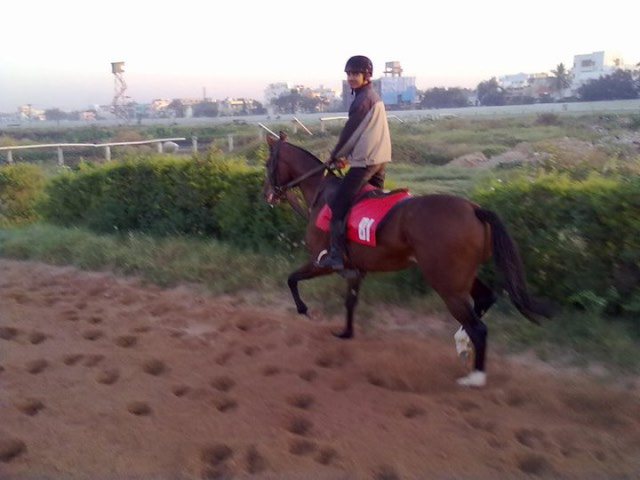 hind quarters engaged while trotting
Question
hind quarters engaged
hello maam, woul
hind quarters engaged while trotting
Question
hind quarters engaged
hello maam, woul
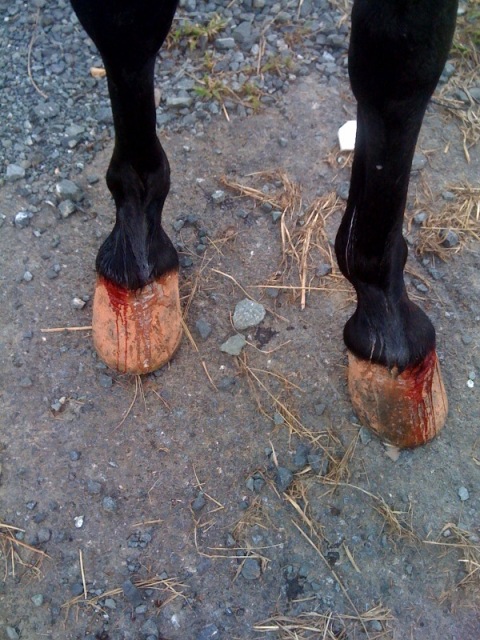 bleeding
Questionbleeding
QUESTION: hi D! I have attached
bleeding
Questionbleeding
QUESTION: hi D! I have attached
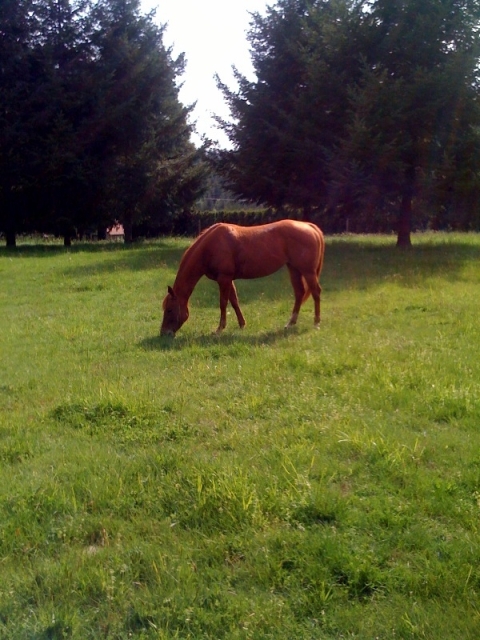 Herd bound
Question
Bambi
Hi Christine,
My husband and I have been
Herd bound
Question
Bambi
Hi Christine,
My husband and I have been
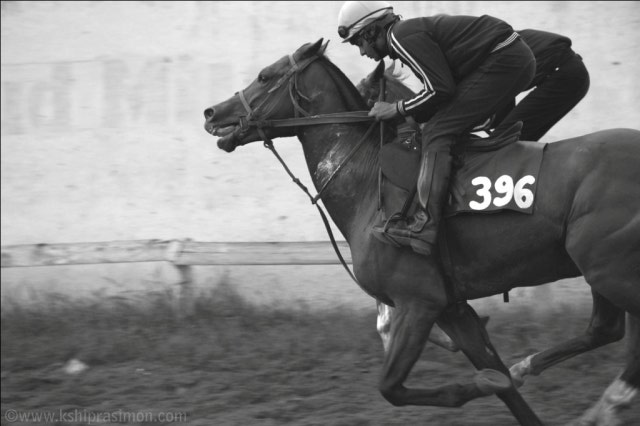 tongue up
Questiontongue up
QUESTION: hello maam, is this
tongue up
Questiontongue up
QUESTION: hello maam, is this
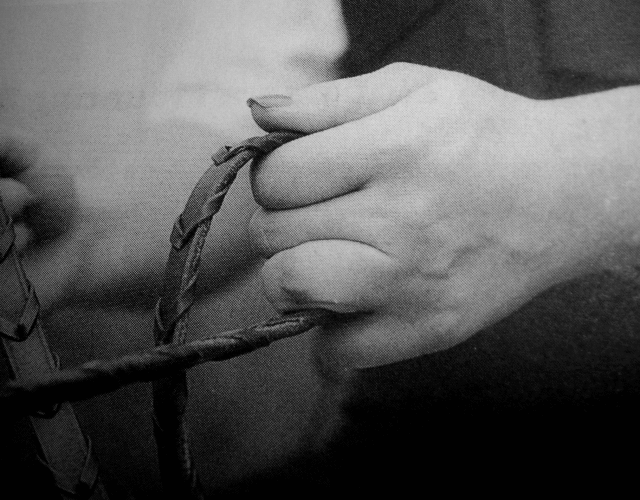 my riding experience on a kathiawari horse
Question
correct way of holding
hello maam. today i had
my riding experience on a kathiawari horse
Question
correct way of holding
hello maam. today i had